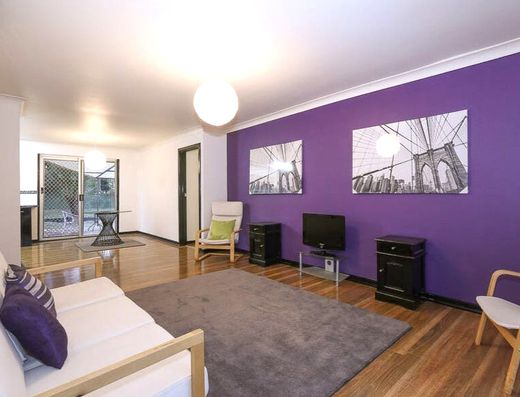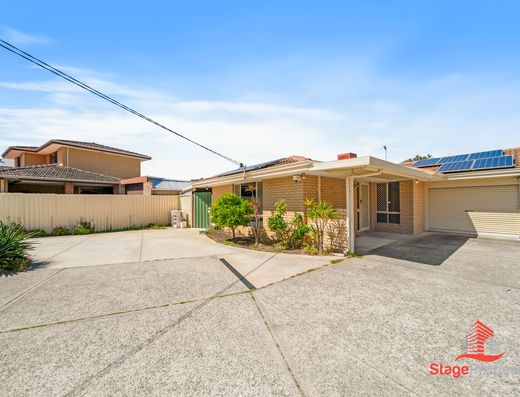The pros and cons of living in a tiny home
Thinking about packing up your current home and lifestyle and getting yourself a tiny house?
Tiny homes look so much fun on TV. However, there are a few things to consider before taking the plunge yourself because, truthfully, tiny homes are not for everyone.
Find out the pros and cons of tiny house living and consider these factors before moving in.
Pro: Master your storage space and live more efficiently
Portable tiny houses are all about small spaces that maximise storage. Stairs pull out and become drawers, your dining table will fold up and down from the wall, and sofas cushions can lift up to store things in the base. Every cupboard or hollowed-out cavern will be put to use, forcing you to get organised.
If you aren’t into multi-purpose furniture, tiny house living is not for you. Everything has to do double duty.
But if you're up for the challenge, this is an excellent way to de-clutter and put those strategic planning muscles to good use!
Con: You will be downsizing - a lot!
We’re all happy to ride the Marie Kondo bandwagon until we actually have to throw out 90% of our existing furniture.
If you’re considering moving into a tiny house, be aware that most of your belongings will not fit. In fact, Aussie tiny homes can be no wider than 2.5m in order to be legally transported by a trailer on the road. So prepare yourself for an intense sense of cosiness.
Pro: Tiny homes cost less to build
Feeling unable to secure that million-dollar mortgage? I feel your pain! The upside to getting involved in the tiny house movement is how cheap they are.
Canstar reports the average tiny house costs less than $100,000, with some 'flat pack' or pre-built models costing much less. (Note: of course, this is depends on your level of extravagance when it comes to both style and function.)
You can even rent the land it’s parked on as opposed to buying it. Sounds like a dream life to me.
Con: Say goodbye to luxuries
Yes, tiny homes can be cheaper to build but you will be foregoing a lot of luxuries.
Indoor space is the first luxury you will farewell - but most tiny home enthusiasts are prepared, nay eager, to make this change. However, you will also have to budget for extras like air conditioning, good heating (including proper insulation), even hot water, depending on your energy situation.
Pro: Spend less on your utilities
On the upside, you will also save on your utility bills.
Smaller homes typically cost less to run, no matter where you live. You just don't tend to use the same in lighting, heating, cooling, water and all the other amenities that come with a big home.
If you play your cards right, you can live off natural resources. Power your home from the sun and have a rain capture tank for water.
Con: Your home will be more basic - especially your plumbing
Toilets in tiny houses can be situated right under the shower head due to the small footprint of the bathroom.
Further to that point, some toilets will be the kind you’ll have to empty every six weeks as you would with other types of sewerage tanks that aren't connected to major plumbing systems.
Finally, think about whether you can handle a toilet that's close to every other area of your home. It’s extremely intimate.
Pro: Tiny homes are mobile, giving you more freedom
The upside to owning a tiny house is that generally you can hook it up to your vehicle and hit the open road. There’s nothing quite like the freedom of not being tied down to one location, so travelling types who love moving often will enjoy the portability.
What’s better than sitting on the roof of your tiny house knocking back a few drinks among nature?
Source: REA








